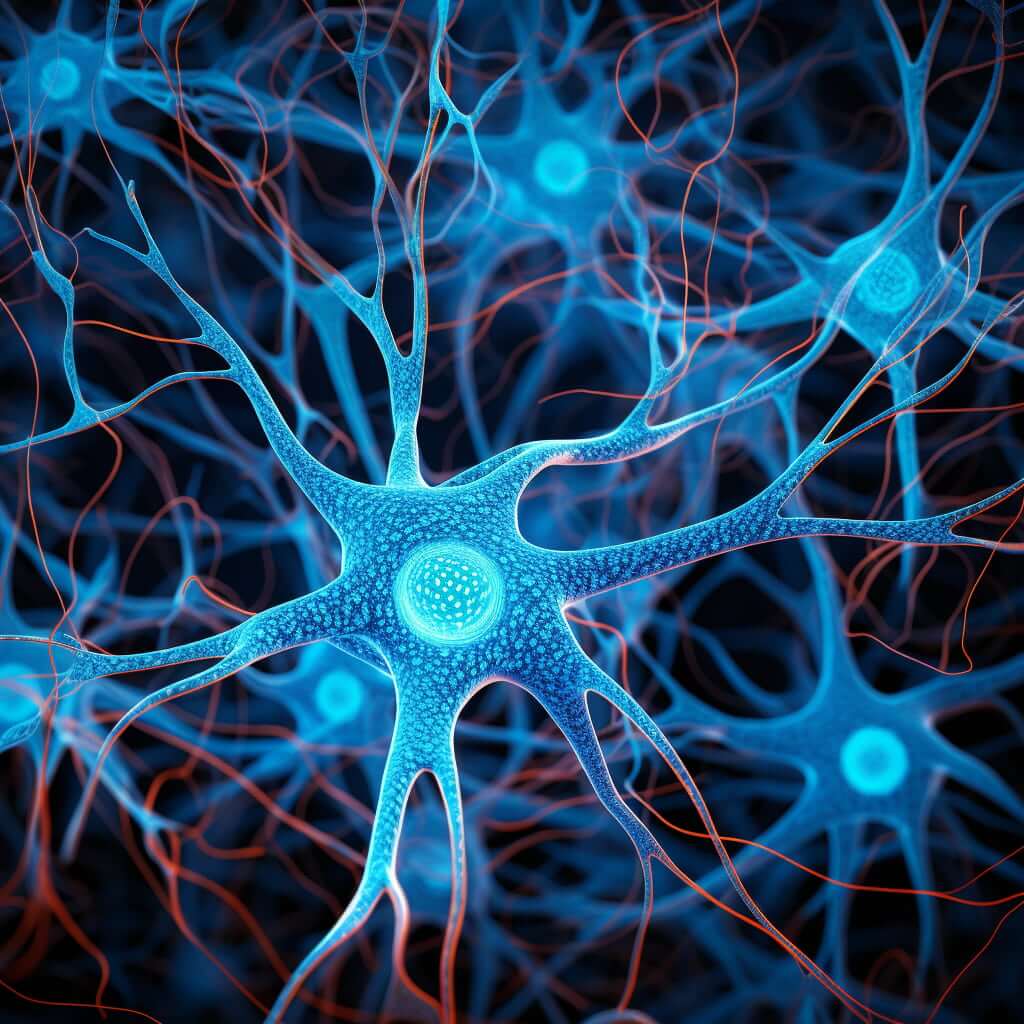TLDR
- Researchers have efficiently 3D-printed residing neural networks utilizing rat mind cells.
- In the beginning of 2023, the U.S. Congress handed laws urging scientists to cut back their reliance on animals in federally funded analysis.
- The success of the 3D-printed neural networks lies of their performance.
Researchers at Monash College in Melbourne, Australia, have achieved a major breakthrough within the subject of biomedical engineering. They’ve efficiently 3D-printed residing neural networks utilizing rat mind cells, opening up new potentialities for drug testing and the examine of mind operate. This cutting-edge know-how has the potential to exchange conventional animal testing strategies and usher in a brand new period of customized medication.
3D-printed mini-brains: A viable various to animal testing
In the beginning of 2023, the U.S. Congress handed laws urging scientists to cut back their reliance on animals in federally funded analysis. This transfer was prompted by the signing of the U.S. Meals and Drug Administration’s Modernization Act 2.0, which allowed for the exploration of high-tech options in drug security trials. One of the vital promising options is the usage of 3D-printed mini-brains.
These mini-brains may doubtlessly change the necessity for testing new medication on hundreds of animals. The researchers at Monash College have taken a major step on this route by 3D-printing residing neural networks composed of rat mind cells. This progressive method holds the promise of extra moral and efficient drug trials.
To create these 3D-printed neural networks, the Monash College workforce utilized a singular methodology. They squeezed “bioink” – a combination of rat mind cells suspended in a gel – via a nozzle and right into a scaffold, much like how inkjet printers apply ink to paper. The neural constructions had been constructed layer by layer, with eight vertical layers alternated between bioinks with and with out cells.
This method allowed for the exact management of cell placement on prime of recording electrodes whereas sustaining a 3D construction that mimics the complexity of regular mind tissue. The neural networks not solely contained neurons but additionally astrocytes, oligodendrocytes, and microglia, essential assist cells for neuron well being and connectivity.
The success of the 3D-printed neural networks lies of their performance. These networks exhibited habits much like that of actual neurons, together with the extension of lengthy axons to speak throughout layers. {The electrical} exercise of the cells was recorded utilizing microelectrodes, and their chemical communication was visualized utilizing a fluorescent dye.
This useful mimicry of actual neural networks is essential for potential biomedical purposes, corresponding to drug discovery and learning neurodegenerative illnesses. For these purposes, the neural networks should intently replicate the habits of precise mind cells.
Challenges and future instructions
Whereas this breakthrough is promising, there are nonetheless challenges to beat. One important problem is scaling up the know-how. The 3D-printed neural networks created within the Monash experiment contained a couple of thousand neurons per sq. millimeter, whereas the human mind has billions of neurons. Scaling up the exact however sluggish 3D-printing course of for industrial drug testing and large-scale analysis would require additional growth.
Moreover, guaranteeing the survival and performance of human cells in 3D-printed neural networks is an ongoing problem. Researchers should discover methods to create gels that mimic the mind’s properties whereas permitting for 3D printing with out harming the cells.
Regardless of these challenges, the potential advantages of 3D-printed residing neural networks are immense. The know-how has the potential to cut back the necessity for animal testing in numerous analysis settings. Nonetheless, scientists might have time to embrace this progressive method, as established strategies and practices are deeply ingrained within the analysis neighborhood.
The way forward for customized medication additionally holds nice promise. Hospitals may doubtlessly host 3D-printing suites, the place clinicians use affected person biopsies to print tissues for drug testing, offering tailor-made therapies for people.
Disclaimer. The knowledge supplied isn’t buying and selling recommendation. Cryptopolitan.com holds no legal responsibility for any investments made primarily based on the data supplied on this web page. We strongly advocate impartial analysis and/or session with a certified skilled earlier than making any funding choices.

